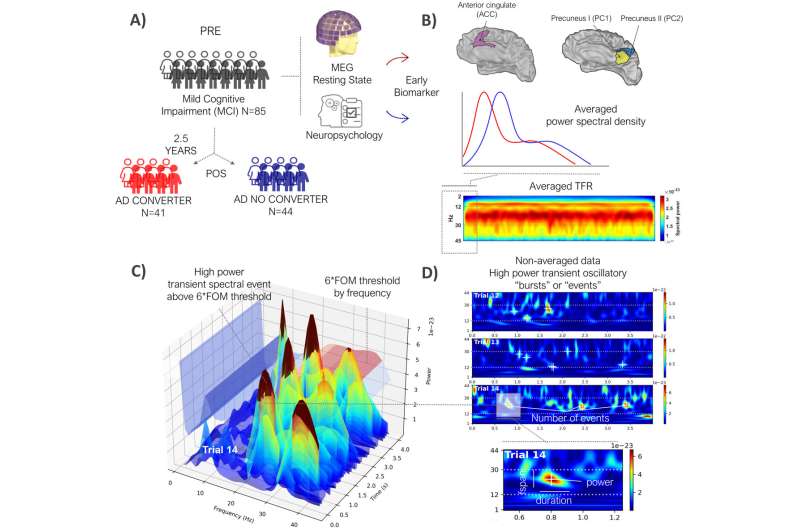“We’ve detected a pattern in electrical signals of brain activity that predicts which patients are most likely to develop the disease within two and a half years,” said Stephanie Jones, a professor of neuroscience affiliated with Brown’s Carney Institute for Brain Science who co-led the research.
“Being able to noninvasively observe a new early marker of Alzheimer’s disease progression in the brain for the first time is a very exciting step.”
The findings were published in Imaging Neuroscience.
Working with collaborators at the Complutense University of Madrid in Spain, the research team analyzed recordings of brain activity from 85 patients diagnosed with mild cognitive impairment and monitored disease progress over the next several years.

